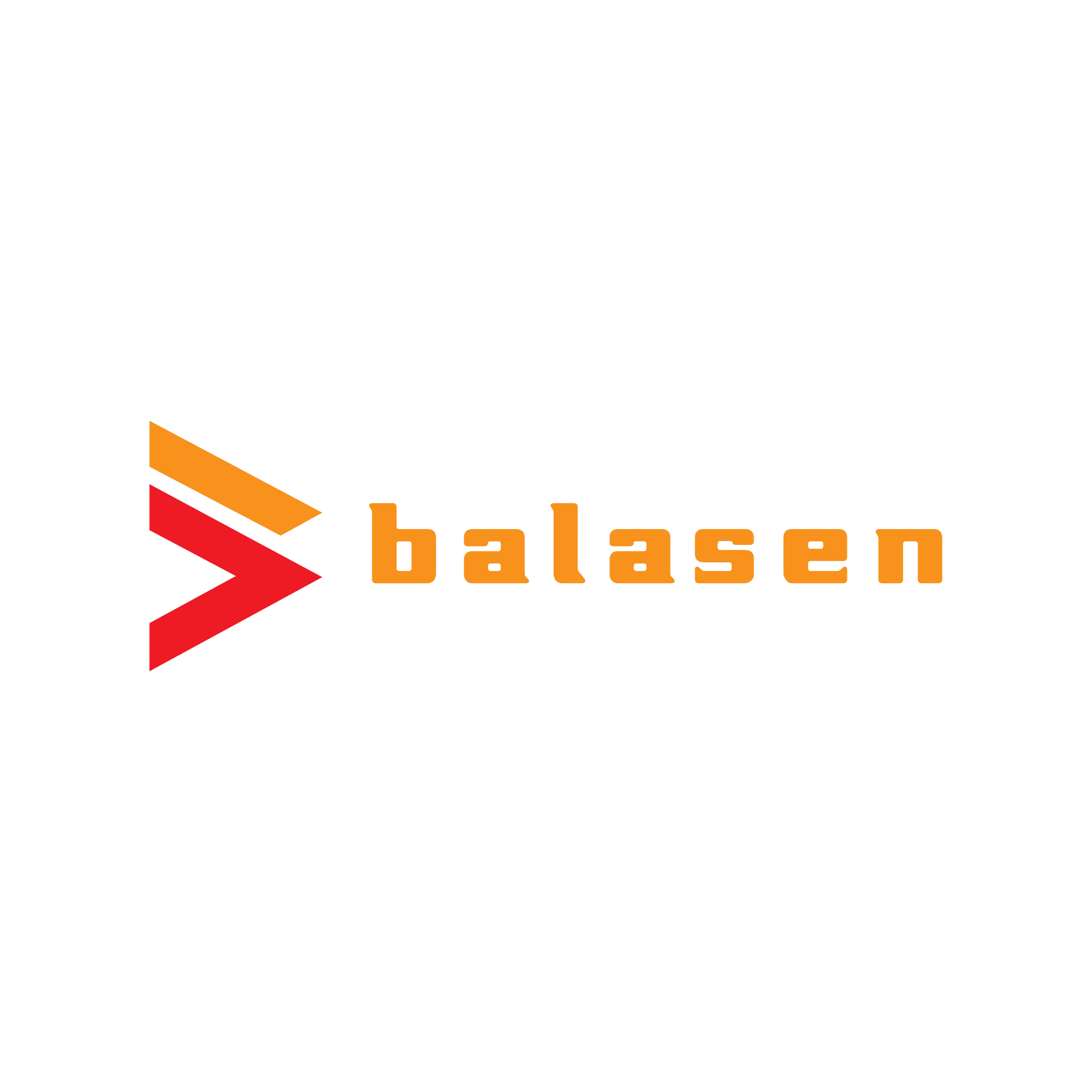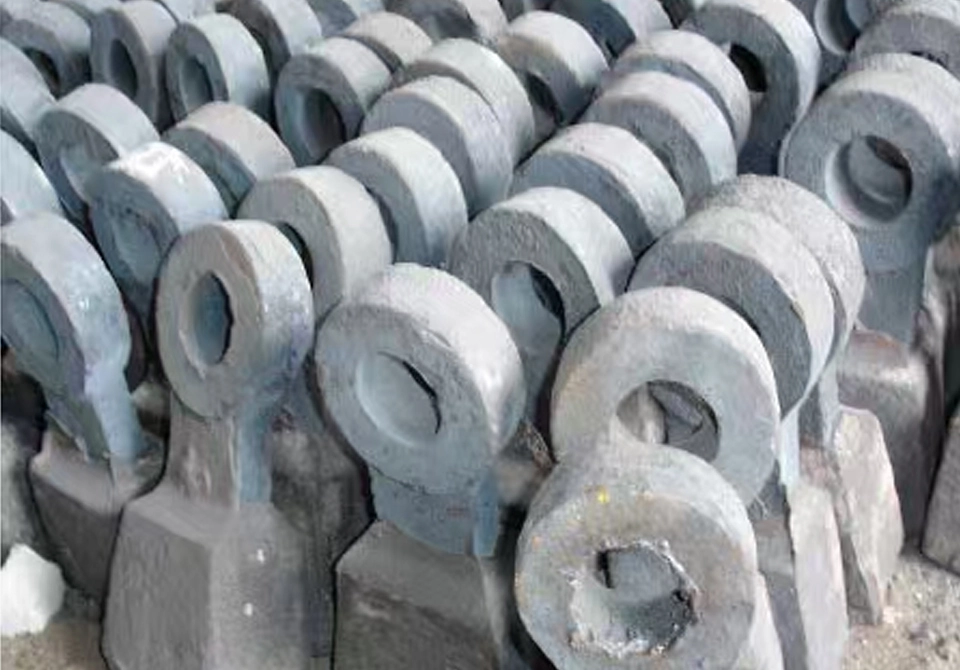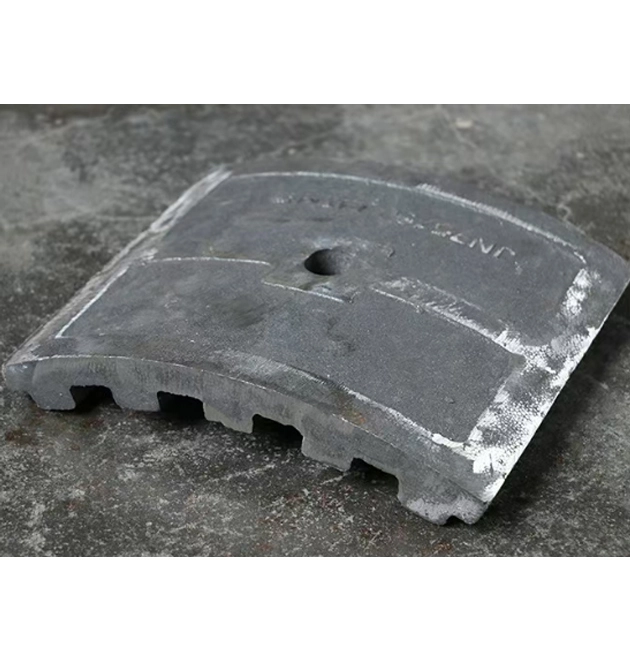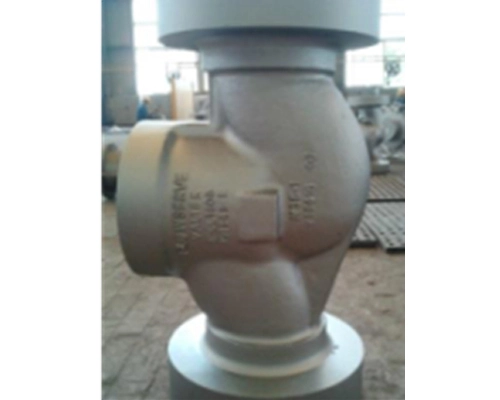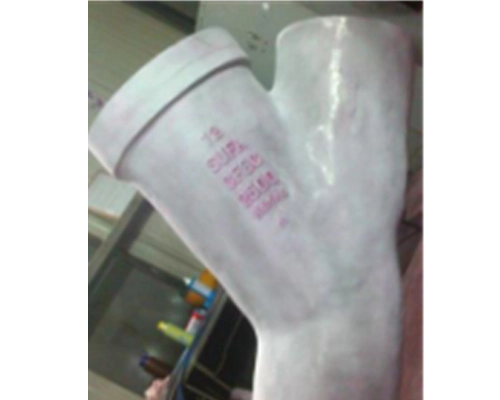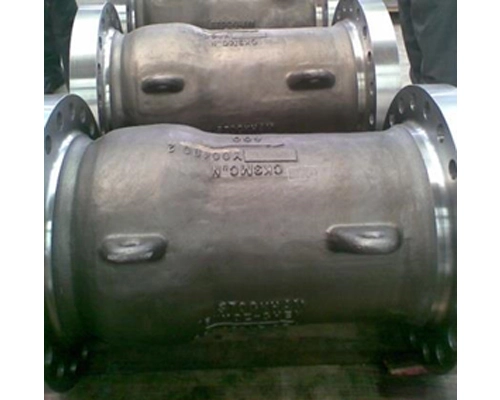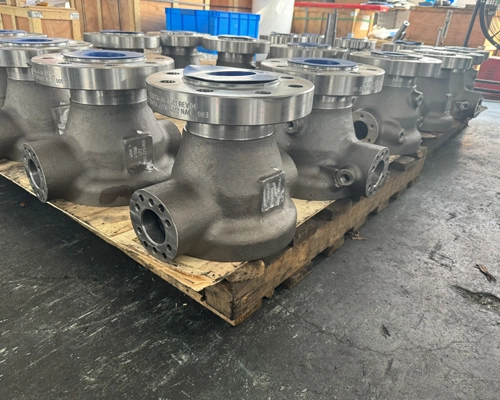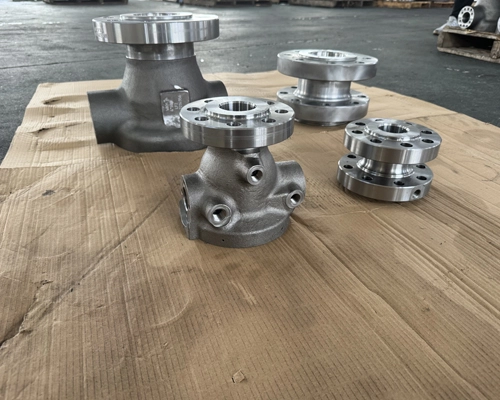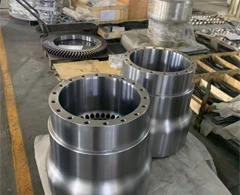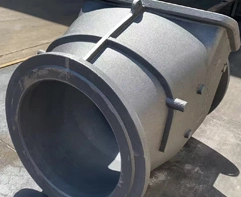How Select Casting Materials in Mining Machinery Industry
High Wear Resistance:
In the operation of mining machinery, castings will frequently come into contact and rub against materials such as ores. Components like the jaw plates of crushers and the liners of ball mills, for example, require materials with high wear resistance to extend their service life, reduce maintenance costs, and minimize downtime.
Sufficient Strength and Toughness:
Castings such as the boom and the arm of an excavator need to bear huge impact forces and loads during operation. This requires the materials to have sufficient strength and toughness to prevent fracture or deformation during operation, ensuring the safe and reliable operation of the machinery.
Good Corrosion Resistance:
Various corrosive substances often exist in the mining environment, such as humid air and acidic or alkaline ores, which will corrode the castings and affect their performance and service life. Therefore, the casting materials need to have good corrosion resistance. For example, in some wet beneficiation equipment, castings need to be able to resist the corrosion of the ore pulp.
Good High-temperature Resistance:
Some mining machinery operates in high-temperature environments, such as rotary kilns. This requires the casting materials to maintain stable mechanical properties at high temperatures, have good thermal fatigue resistance and oxidation resistance, and prevent problems such as softening and deformation due to high temperatures.
Good Machinability:
In order to facilitate the processing of castings into components that meet the requirements, the materials should have good machinability, including cuttability and weldability. This can reduce the processing difficulty, improve production efficiency, and ensure the processing quality.
 EN
EN
